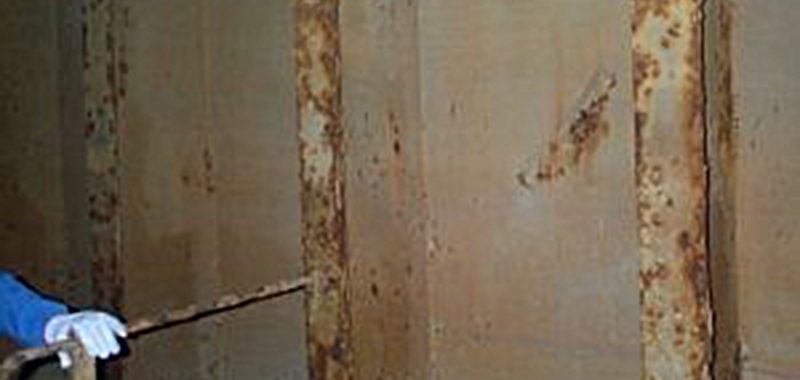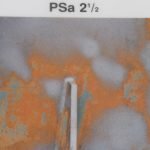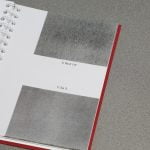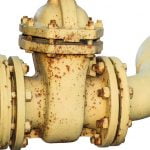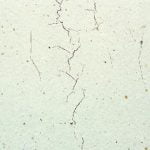Marine vessel coating surveys
Completing a marine coatings survey on a ship or complex offshore structure is a challenging task, requiring specialist knowledge, careful planning and thorough execution.
So why is a marine coating survey necessary? It can be carried out to assess the condition of a paint system and maybe required under a guarantee or to produce a remedial painting specification. It may also be due to a complaint, or to investigate a coating failure or claim – or simply to assess a coating’s condition.
Also, in the case of ships, annual, intermediate, special and bottom (dry-docking) coating surveys can be done to ensure compliance with classification society requirements for IACS Enhanced Survey Programme (ESP).
A shipowner may also request a voluntary CAP (Condition Assessment Programme), performed by class or independent organisations. The main aim here is to document the quality of older ships and assess them based on current and real condition, rather than age. The CAP covers tankers and bulk carriers of 15 years of age and over. However, at the shipowner’s discretion, it can be used for ships of all ages as well as for other vessel types.
Coating breakdown can occur on any type of vessel, and the typical areas where it can be found and should be thoroughly surveyed, include the outside shell, decks, superstructures, engine rooms, tanks and peaks.
It’s important to note that different areas of a structure may have different coating systems and/or exhibit different extents and/or types of coating breakdown. Further sub-division into smaller areas will enable a thorough and accurate assessment of the coating system’s condition to be completed. Ballast tanks also warrant careful attention. The division of ballast tanks into smaller areas for Classification Society surveys is referred to as ‘areas under consideration’, while the IACS method for assessment of coating condition divides them into specific areas.
Areas under consideration for ballast tanks and double-side skin spaces in ships other than oil tankers are defined in MSC.1/Circ.1330 – Guidelines for maintenance and repair of protective coatings, and IACS Recommendation 087 for topside tanks, hopper tanks, double bottom tanks, side tanks, fore peak tanks and aft peak tanks.
Despite it being only one portion of the tank, it’s important to note that when ‘an area under consideration’ is judged ‘fair’ or ‘poor’ all the tank is considered ‘fair’ or ‘poor’, even if most of the areas are assessed as ‘good’.
Only precise areas of cargo oil tanks on a crude oil tanker are specified to be coated as a minimum requirement. For guidance, IMO resolution 288 (87) should be consulted. It should also be noted that areas should be assessed individually during a survey. MSC.1/Circ.1339 offers further details.
For expert guidance and advice on how to carry out a marine vessel coating survey, see Fitz’s Atlas of Coating Surveys at Fitz’s Atlas

